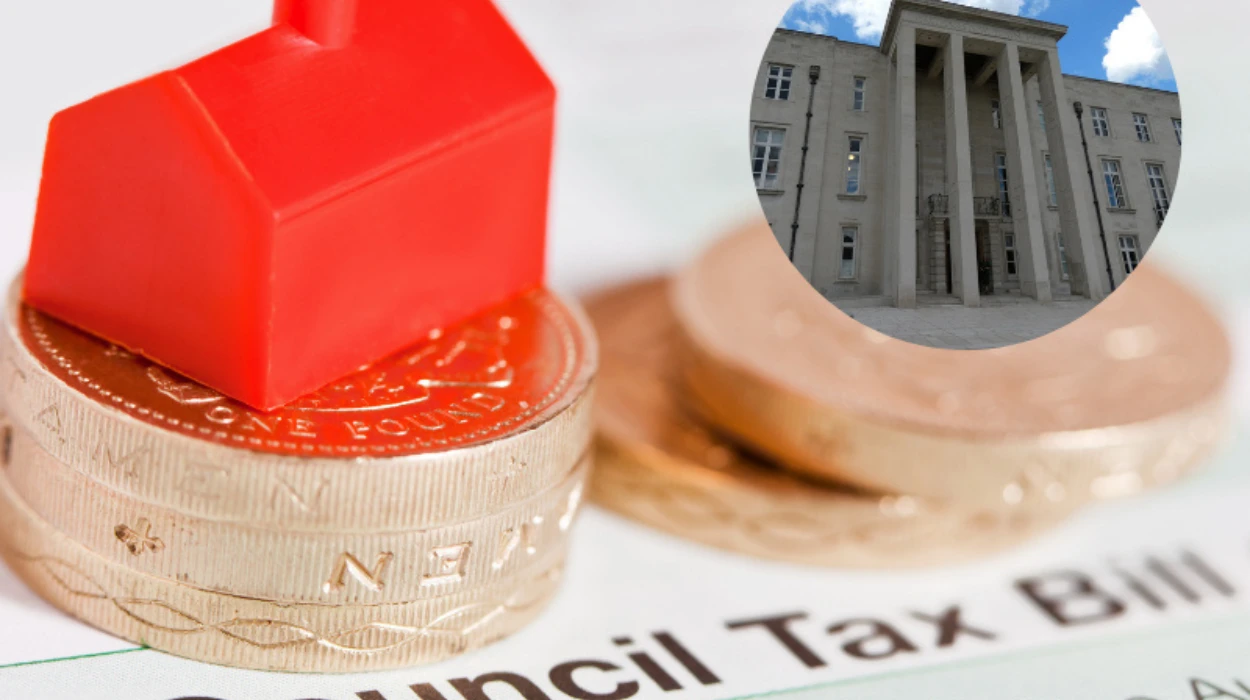Waltham Forest (Parliament Politics Magazine) – Waltham Forest Council tax rises by 4.99%, adding £100 annually for Band-D homes. Local Democracy Reporter Sebastian Mann covers the impact on residents.
Waltham Forest council tax is expected to increase by 4.99% in April, which means that average band-D property owners will pay an additional £100 annually.
At a meeting this afternoon (20 February), the cabinet of Waltham Forest Council, which is composed of senior council members, supported the hike.
At the moment, a band-D property owner pays £2,173.72 annually. Now, this will increase to about £2,280.
In order to preserve vital services, there was “no responsible alternative” to raising council taxes, according to Grace Williams, the leader of the Labour-controlled council.
She said council members must make “really difficult, but responsible, decisions as to how we spend our money in the next year,” after previously warning of “tough decisions” to come.
As part of their yearly budgets, neighboring councils will likewise raise their tax rates. While Newham Council has suggested an extraordinary 8.99% increase, Redbridge council members have supported a 4.99% increase.
The maximum increase a council can make without a public referendum is 4.99%. It includes a 2.99% increase in the social care precept and a 2% increase in the council.
Waltham Forest’s council tax base is “very important,” according to finance director Ursula Gamble, because the borough is primarily residential and cannot rely as much on business rates as inner London councils can.
The tax increase is an important part of the council’s 2025–2026 budget, which also includes reorganizations and savings totaling about £23 million.
Resources Director Rob Manning warned that the council might have to issue a Section 114 notice within “18 months to two years” if nothing is done during a scrutiny meeting on Tuesday, the 18th.
When a council’s revenue is insufficient to cover its statutory obligations, such as emergency housing and social care, it is declared functionally bankrupt and is subject to Section 114 notices.
Temporary housing, a problem that many London authorities deal with, is the main strain on Waltham Forest Council.
Currently, there are about 1,590 families residing in hotels and bed & breakfasts.
Ahsan Khan, the deputy leader, reported that while fewer families were departing, more were moving into temporary housing. Households had been residing there for over a year in the most dire situations.
The monthly cost of lodging at-risk citizens in hotels and bed-and-breakfasts is £114 million, according to London Councils.
Cllr Khan blamed the previous Conservative governments, saying:
“We’re in this position primarily because of the lack of action and investment into housing over the previous 14 years.”
According to the council’s housing revenue statement, however, the council will prioritize preserving its current housing stock over constructing additional homes in the upcoming year.
Labour council members voted last month to cut back on the municipal tax relief program.
Thousands of low-income residents who presently only pay 15% of their council tax will now pay up to 43% under the new scheme.
In an attempt to raise more than £1.5 million, the town hall has also eliminated free parking around the borough.
The full council must still approve the budget even though senior council members have formally endorsed it. Next week, a meeting is anticipated to approve it.
Any modifications to the council tax will take effect on April 1st.
What services will be most affected by the Waltham forest tax increase?
Due to the council’s requirement to cover a predicted budget deficit, the planned 4.99% council tax increase in Waltham Forest is anticipated to have a substantial impact on a number of essential services.
The quality and accessibility of care for the aged and vulnerable populations may be impacted by budget cuts to adult social care, which has been under a lot of financial strain.
Reduced funding for homelessness support programs that help homeless people and families and work to prevent homelessness could result in higher community homelessness rates.
The safety and welfare of children in the borough may be impacted if funding for family assistance and child protection services is cut.


